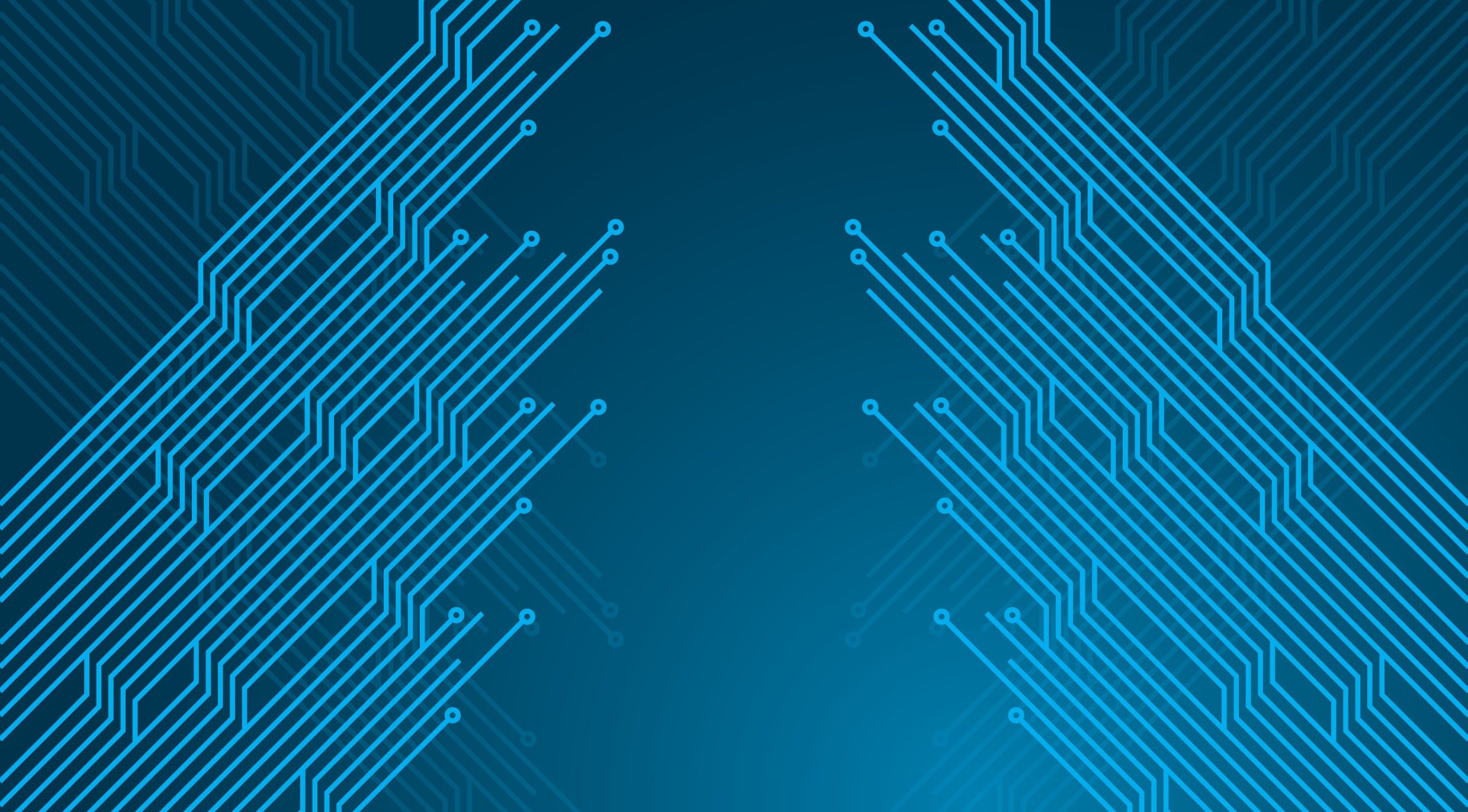From Lagos to the Ledger
Adesola runs a small tailoring shop behind a row of kiosks in Lagos, Nigeria. She buys fabrics in bulk, sews dresses, and delivers them by hand to customers. She doesn’t have a bank account, but she uses a mobile lending app like Okash to take micro loans and always repays on time.
But when she went to a commercial bank for a larger loan to expand her business, she heard a familiar phrase:
No credit history.
That single phrase locks out over 1.7 billion people globally. Not because they’re irresponsible but because they’ve never been seen by the system.
No credit bureau. No financial record. No chance.
Creditcoin was built to change that to make good credit behavior visible, verifiable, and trusted across borders, without relying on banks or bureaucracy.
What is on-chain lending?
On-chain lending is the blockchain-native version of borrowing and lending. Instead of a bank acting as the middleman, smart contracts handle the entire process:
- Defining loan terms
- Holding collateral (if any)
- Releasing funds
- Recording repayment
This creates a financial system that’s:
- Transparent
- Automated
- Accessible from anywhere in the world
But while the infrastructure is decentralized, trust is still missing.
What trust and security challenges do decentralized lending platforms face?
Despite its open nature, DeFi lending has critical limitations:
- No Credit Scores: Protocols can’t assess borrower reliability. All users look the same on chain, a wallet address with zero history.
- Over Collateralization: To minimize risk, most platforms ask borrowers to lock up more value than they’re borrowing. It’s like asking someone for $200 to loan them $100.
- Anonymity Without Accountability: DeFi users are pseudonymous. If they default, they can walk away and return with a new wallet.
- Zero Default Tracking: There’s no shared memory. One protocol can’t learn from another’s mistake.
These issues make DeFi high risk for lenders and unreachable for those without assets especially in countries with no formal credit systems.
How does Creditcoin solve these challenges?
In countries like Nigeria, Pakistan, Kenya, or Indonesia, centralized credit bureaus are either weak, corrupt, or non-existent. Millions of people:
- Borrow responsibly from local fintechs
- Repay loans to friends, cooperatives or mobile apps
- Participate in rotating savings groups
Yet, none of this is recorded in a way that traditional institutions trust.
Creditcoin changes that by turning behavioral finance into a global record. It logs:
- Who borrowed
- From whom
- Under what terms
- And whether or not they repaid
The result? A borderless, decentralized credit history that doesn’t care about where you’re from only how you behave.
The Risks of On-Chain Lending
What risks do borrowers and lenders face in on chain lending ecosystems?
On-chain lending may seem like the future of finance but without proper trust infrastructure, it’s still a risky game especially for people in countries without credit systems.
Let’s break it down:
|
Risk |
Impact |
|---|---|
|
No credit history |
All borrowers appear the same there’s no way to verify reliability. |
|
High default risk |
If a borrower disappears, there’s no recourse or consequence. |
|
Overcollateralization |
Lenders must demand more assets than they lend limiting user base. |
|
No shared memory |
One borrower can default on one protocol, then borrow from another with no penalty. |
|
Sybil attacks |
A user can open new wallets to wipe their bad record and start fresh. |
|
Risk |
Impact |
|---|---|
|
Locked out without collateral |
Even responsible people can’t borrow without assets. |
|
No way to prove good behavior |
Borrowers who repay have no reputation to carry forward. |
|
No reputation portability |
Good actions on one platform don’t help on another. |
|
High interest rates |
Without credit scores, everyone is treated as high risk. |
|
Financial systems don’t see them |
Especially in countries with no functioning credit bureaus. |
How does Creditcoin mitigate these risks?
Creditcoin introduces a shared, tamper-proof credit layer for DeFi and real-world lenders.
|
Problem |
Creditcoin’s Solution |
|---|---|
|
No credit history |
Builds a visible, on chain credit trail tied to real world loan behavior. |
|
Default risk |
Records defaults and repayments lenders can check before issuing loans. |
|
Overcollateralization |
Enables future undercollateralized lending based on reputation. |
|
No shared memory |
Creates a common reputation layer across platforms and regions. |
|
Sybil resistance |
Users can be pseudonymous, but not anonymous behavior becomes identity. |
|
No reputation portability |
Credit histories live on chain, accessible globally. |
|
Exclusion in low-credit regions |
Offers a credit alternative where traditional bureaus don’t exist. |
|
High interest rates |
Allows risk-adjusted pricing based on actual borrower behavior. |
Building Trust with Creditcoin
How does Creditcoin establish trust between lenders and borrowers in decentralized ecosystems?
Creditcoin is a Layer 1 blockchain purpose-built to create and store on-chain credit histories. It works by connecting real-world loan issuers like fintech apps to blockchain-backed record-keeping.
Step by Step
- A borrower takes a loan through a fintech like Aella, Gluwa or okash.
- That loan agreement is recorded on the Creditcoin blockchain.
- Each repayment is logged.
- Over time, the borrower builds a verifiable credit trail.
- This trail becomes accessible to future lenders, including DeFi protocols.
Creditcoin acts as a blockchain-based credit bureau but unlike traditional ones, it’s:
- Open
- Transparent
- Global
- And owned by no one
How does Creditcoin’s credit history system help establish trust?
Creditcoin isn’t just a data layer, it’s infrastructure.
The recently launched Creditcoin 3.0 introduces:
- EVM compatibility (so it can integrate with Ethereum and other DeFi protocols)
- Nominated Proof-of-Stake consensus (decentralized and energy efficient)
- Smart contract support for custom loan logic and integrations
- Wrapped token support (like
wCTC,G-CRE) so users can interact across chains - Penguinswap DEX for liquidity and asset exchange
This allows developers to build real credit based applications lending dApps, undercollateralized DeFi platforms or identity tools using a shared, transparent credit layer.
How does the protocol ensure that all transactions are secure and verifiable?
Traditional credit systems don’t scale because they rely on:
- Centralized data
- Local bureaus
- Paper-based identity
- Geographic silos
Creditcoin, on the other hand:
- Runs 24/7 on-chain
- Is borderless by design
- Is interoperable with both Web2 and Web3
- Rewards users for good behavior across different ecosystems
This allows lending to scale not by capital but by reputation. The more you repay, the more you unlock.
And this works anywhere you are in the world:
- Lagos or Lahore
- Nairobi or New York
- Offline Africa or online Asia
Scaling Credit and Lending Solutions
What scalability problems do traditional credit systems have?
Traditional credit systems are deeply fragmented, exclusive and unscalable:
- Credit histories are locked within national borders your repayment behavior in Ghana means nothing in Japan.
- They rely on centralized bureaus that often exclude informal borrowers, especially in countries with weak infrastructure or no formal credit registries.
- Data is non-portable and non transparent, making it difficult to verify or share.
- Scaling requires building bureaucratic partnerships, maintaining siloed databases, and navigating local regulations which slows down financial innovation.
In short, traditional credit systems are built for institutions, not individuals and they don’t scale globally because they weren’t designed to.
How does Creditcoin scale to support more users and transactions?
Creditcoin is built as a Layer 1 blockchain optimized for financial data at scale.
With its Creditcoin 3.0 upgrade, the protocol introduces:
- EVM compatibility : this allows developers to build credit aware dApps using familiar tools
- Smart contracts: for programmable lending logic
- Nominated Proof-of-Stake (NPoS) : for high performance without sacrificing decentralization
- Cross-chain interoperability : with wrapped tokens like
wCTCandG-CREusable across other networks
These features allow Creditcoin to:
- Scale to millions of loan transactions
- Support fintechs, lenders and DAOs integrating credit histories into their platforms
- Operate globally without relying on permissioned financial infrastructure
Creditcoin scales trust, not just throughput.
How does Creditcoin enable cross-border lending for global access?
Let’s zoom in on a real possibility:
A farmer in rural Ghana repays five small loans through a mobile app. That repayment history is logged on Creditcoin, immutable and publicly visible.
On the other side of the world, a DAO in South Korea wants to support responsible borrowers in emerging markets. They browse on-chain records, see the farmer’s consistent repayment history and issue a new loan without an intermediary, without bureaucracy.
By making credit history verifiable, borderless and transparent. Creditcoin allows anyone from local cooperatives to global DAOs to lend confidently, profitably and fairly to real people, not just wallets.
What’s Next for Creditcoin?
Today’s DeFi ecosystem is built around assets, not trust. Most lending protocols assume users are wealthy enough to overcollateralize, making access limited and exclusionary. As a result, DeFi has become more speculative than inclusive.
Creditcoin flips that model.
By introducing a decentralized credit layer, Creditcoin allows DeFi to:
- Evolve from overcollateralized to reputation-based lending
- Enable risk-adjusted interest rates based on real-world borrower behavior
- Integrate credit scoring into smart contracts, automating trust
- Attract a new class of DeFi users: real people with real businesses and repayment history not just whales and degens.
With Creditcoin, DeFi doesn’t have to choose between transparency and trust it gets both which is a good way to introduce more people to crypto.
What impact could Creditcoin have on the broader financial ecosystem, including underserved markets?
Traditional financial systems have left billions behind not due to bad behavior, but simply because they can’t be seen. No credit bureau. No bank account. No paper trail. Just people working, saving, repaying and being forgotten. Creditcoin isn’t just disrupting finance, it’s delivering financial dignity to the billions left behind.
Creditcoin gives them visibility. It transforms informal financial activity into formal, verifiable credit history without requiring users to adopt crypto native behaviors.
In underserved markets, this means:
- Micro entrepreneurs can access better loans over time
- Fintechs can share data across borders without needing centralized bureaus
- Lenders gain exposure to new, high-performing borrower segments
- Communities can bootstrap their own credit economies with digital proof of trust
The ripple effect is huge:
More dignity. More access. More opportunity with trust as the foundation.
Creditcoin isn’t just shaping the future of DeFi.
It’s shaping a future wheretrust isn’t bought, it’s earned and remembered.
In this future, your past behavior, not your passport, bank balance, or country of birt,h is your key to opportunity.
And thanks to Creditcoin, that future is already being built.










